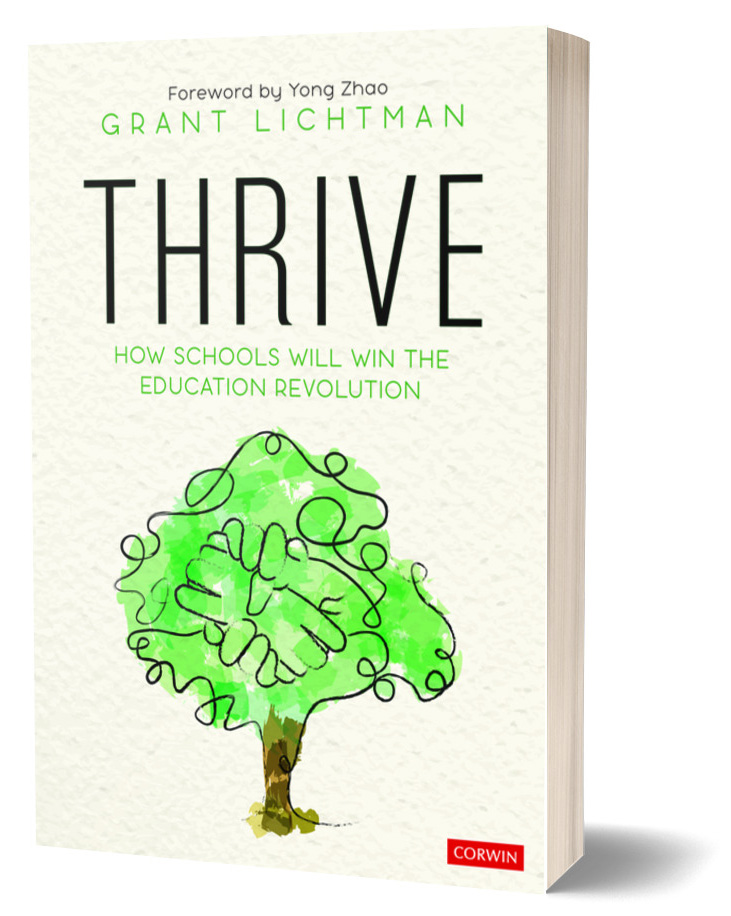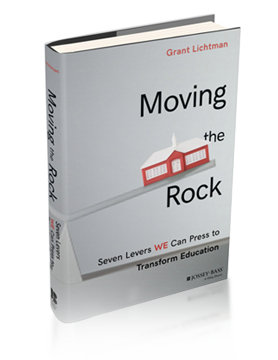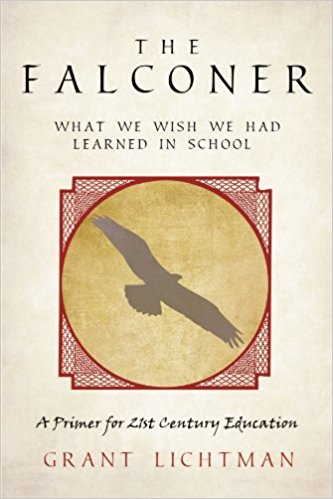My article on “community” was posted today in Ed Week as a Guest Blog with Next Generation Learning Challenges:
I am rapidly coming to the conclusion that there may be no single piece of the education puzzle that is already starting to undergo a more fundamental, radical, and unpredictable evolution than the relationship amongst schools, students, teachers, and our understanding of who and what forms our “community.”
Growing up in the 1960’s, we knew what community meant. We walked and rode our bikes through our neighborhoods, down to the community drug store to buy candy, or to the community hardware store for a box of nails. We walked to our community schools, community churches, community theater, and community park. Our community was the people, places, and businesses within a dozen blocks or a couple of miles. Most of the people were “like us” ethnically, socially, and economically. Growing up, I knew that my community was “south Palo Alto,” which was more middle class than north Palo Alto, and more white and wealthy than east Palo Alto or north Mountain View, all of which lay just a mile or two away.
With the advent of racial integration, busing, and district-wide school choice, some schools have grown a “community” that spreads across those traditional divides. Other schools have become even more insular than they were 40 years ago; even with desegregation and increased school choice, our schools are more segregated by race and class today than ever.
As I wrote about in Moving the Rock, a rapidly growing group of school leaders understand that, in the words of Bo Adams, “breaking the boundaries between school and world” is both an educational imperative and an enormous opportunity. In a world that is radically more connected than at any point in human history, our students and teachers must become comfortable with a community that is NOT defined by local geography, ethnography, economics, or traditions. The potential for authentic learning in which students are intrinsically motivated to learn through engaging, relevant experiences in the real world has been a missing piece of deeper learning that has always been sitting right outside our school doors.
I am pretty sure that the definition and the very sense of community is poised to evolve in ways that we cannot even imagine; that it will happen very quickly; and that schools will either be prepared to surf this evolutionary wave or they will be crushed by it.
 The “community” of millenials and iGeners is radically different from the one in which I grew up. Their community includes people they have never met, from places they have never been, and very probably “fake people” who have created fictional online personas. Their communities are fluid, dynamic, unbound by space and time, and much more defined by shared interests than by race, geography, ethnicity, or economics. Individuals are both better connected (they can “meet” anytime and anywhere) and less well connected (many relationships are either fleeting or shallow) than anyone in any previous generation in human history.
The “community” of millenials and iGeners is radically different from the one in which I grew up. Their community includes people they have never met, from places they have never been, and very probably “fake people” who have created fictional online personas. Their communities are fluid, dynamic, unbound by space and time, and much more defined by shared interests than by race, geography, ethnicity, or economics. Individuals are both better connected (they can “meet” anytime and anywhere) and less well connected (many relationships are either fleeting or shallow) than anyone in any previous generation in human history.
We are only at the very earliest stages of evolution of a global system of networked connectivity that is replacing face-to-face human touch as the dominant modality of human interactions. And it is not just the technology that is changing at light speed, but the actual motivations behind why we connect and communicate with “others.” As Joi Ito and Jeff Howe and discuss in their new book, Whiplash, we are revisiting some of our fundamental understandings about how groups communicate, how decisions are made, where knowledge resides, and different attributes of friends, colleagues, and networked acquaintances. In the past, they say,
“We believed that ant colonies took orders from their queen and that some organizing force–obviously–was responsible for the overwhelming complexity of the world around us. We inscribed this basic misunderstanding into our social organizations–every tribe with its own leader, every company with its own CEO. Only recently have we come to understand the seemingly less plausible explanation that the queen, metaphorically speaking, has no more agency than her lowliest drone. And that contrary to centuries of commonly held belief, there is no central authority behind speciation, the relentless production of variety and difference in the life forms around us.”
So, what does community actually mean to a group of school stakeholders? I don’t know; the answer will be different for different schools; and whatever it means today is going to change very quickly. How do we deal with that volatility and uncertainty in something that we know is critical to our mission as educators?
First, we have to ask questions like:
- What does the word “community” mean to you?
- Who is in your community, and how do you know?
- How can members of a community provide great opportunities for learning?
Second, we have to make understanding of community a part of our cultural landscape. It has to be very much on the front burner, and we have to realize that the answers we generate have a veryshort shelf life. If we think of community today as our nearby residential neighborhoods and Main Street, we are already behind. If we think of our community as including all of the people in all of the networks in which our students and adults are linked, we are at least evolving our language and framework. If we see our community as a four-dimensional set of people and experiences with which we intersect across different slices of space and time, we are starting to see the picture.
Third, we have to engage, knowing that engagement with unknown and potentially unpredictable pieces of a poorly understood system has risks, but that the risk of NOT engaging is much, much greater. In a world where the very nature of community is changing so rapidly, “Wayfinding Abilities” of kids, that is, the skills needed to create a productive and fulfilling life, require much more time and experience out of school and in their community. For some schools, engagement might be as simple as creating learning walks through the neighborhood right by campus. For some, this might involve reaching out to potential learning partners in the town or city. For some, it might mean elevating off-campus time from “serving others and field trips” to long-term partnerships scaffolded around multi-lateral learning outcomes, often with people and groups that might be very different than our schools’ own population.
The most important step in any journey is the first. Have the conversation, and for goodness sake, have it with all of your community stakeholders, because one thing we absolutely do know, is that the kids in your school have a very different understanding of community than do the adult “leaders.”












Leave A Comment